


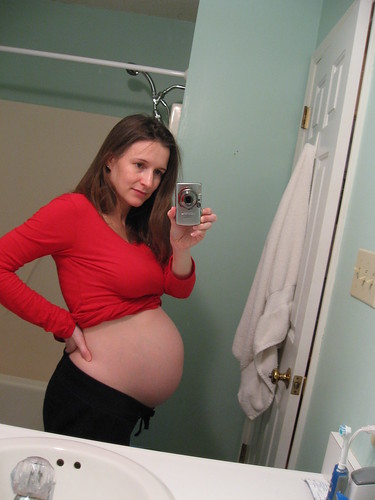
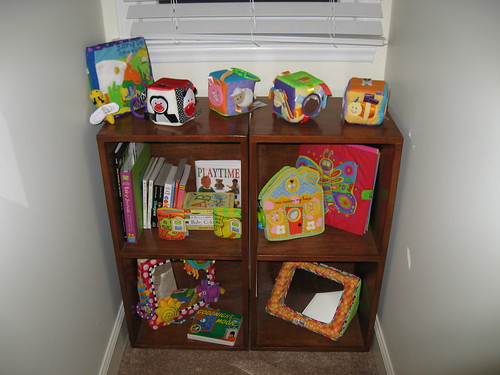
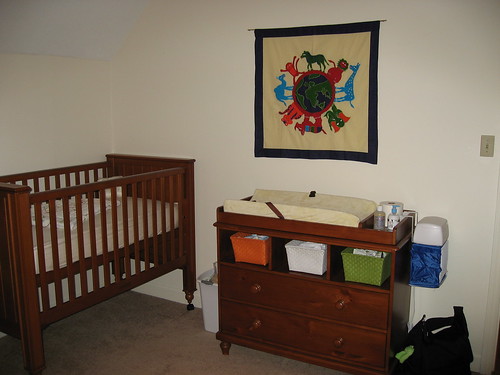
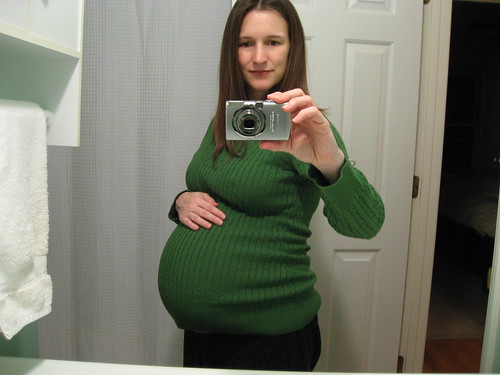
Perils are great now, powers are great now. I am all anticipation.


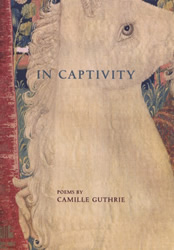
In Captivity, By Camille Guthrie. Subpress. 2006. 61 pp.
In his first Cinema book, Gilles Deleuze discusses a certain logic of placement in Kurosawa: “One does not begin with an individual, going on to indicate the number, the street, the locality, the town; one starts off, on the contrary, from the walls, the town, then one designates the large block, then the locality, finally the space in which to seek the unknown woman [. . .] one starts off from all the givens, and one moves down from them to mark the limits within which the unknown woman is contained.” If I were to pursue a more extended look at Guthrie’s poetry, I’d likely pair up the above framework from Deleuze with Gertrude Stein’s notion of a poetic unit (phrase, sentence, paragraph) as not the expression of an emotion, but registering the limits of an emotion.
Instead, I'll just give a few glancing thoughts about the book.
With subtle music, Guthrie simultaneously maps out space and language in her lines, re-inventing poetic registers to achieve an intimacy that hovers between the personal and impersonal. The competing logics and scales of a large city (Guthrie lives in NYC) are precisely rendered in her book, which reads the city through a lens of pastoral beauty and menace, a product of her continuous dialogue with the medieval Unicorn Tapestries; Guthrie also evokes differing scales and logics of thought itself, transforming them in her explorations. Here is the first section from the opening sequence of the book, “The Start of the Hunt”:
How can empty space be stirred?
How to be truthful to one’s words
Or a city person’s longing for the country
Maybe a mistake of subject
Nevertheless, like a blank piece of paper
I drifted along past buildings
Straight or curved lines receding
Past unreadable stone steel and glass objects
Edges vibrating in the air, then vanishing at a touch
Withdrawing into cloudy heights
I walked up aimless blocks each day
Discord knocking about in my head
Sick with fear that had no form
Captured by my debt to pay
Wanting to making something of myself
Wanting knowledge & intimacy
Those actual facts
But even colors deceive continually
In a land of pictorial symbols
So I took directions from the lookout
His knees swallowed up by scenery
Attentive ripeness!
I am learning to see
A striking feature here is Guthrie’s ability to take an impulse such as desire, usually registered as either strictly personal (in the form of a beloved) or social (the logic of late capitalism), and show how different manifestations or boundaries of desire influence action; the speaker moves gracefully from a bewildering view of the city’s buildings (their edges vanishing into clouds) to an interiority startled by such scale (this discord filtering cognition) to a certain resistance in articulating these whirring cross-currents (the speaker wants knowledge and intimacy, but their traditional vehicle – language – continually deceives, making both knowledge and intimacy mere commodity). The poem then enacts a swift change in scale – “his knees swallowed up by scenery” – which creates a certain self-shudder of recognition allowing her to place herself (think here of Deleuze’s description above of “the limits within which the unknown woman is contained”) in a sudden sphere of clarity.
Spread ove r eleven separate poems and sequences, the entirety of In Captivity, Guthrie’s second book, rewards close attention and re-reading. The Rabelais-inspired “My Boyfriend” is a brilliant cataloguing of the exterior and interior features, as well as the actions, of this mythic figure with “balls large as a boar-hound’s / seminal vesicles like tulip bulbs in a paper bag” and a “backbone like a fiddlehead fern / nerve channels like transatlantic cables.” Like John Ashbery’s cataloguing of rivers in “Into the Dusk-Charged Air,” Guthrie’s poem vacillates between the mock-epic and something truly resembling the epic, thankfully never quite showing its hand. Another brilliant piece is “My Psychomachia,” where traditional allegorical correspondence between names (“Candor, childhood, CA, Coleridge”) and things (“camels, clover, cuckoos, coal, coconuts”) is beautifully and continually deferred, creating a momentary liminal space where dialogue between literary giants can occur in a brief battle for Guthrie’s poetic soul.
r eleven separate poems and sequences, the entirety of In Captivity, Guthrie’s second book, rewards close attention and re-reading. The Rabelais-inspired “My Boyfriend” is a brilliant cataloguing of the exterior and interior features, as well as the actions, of this mythic figure with “balls large as a boar-hound’s / seminal vesicles like tulip bulbs in a paper bag” and a “backbone like a fiddlehead fern / nerve channels like transatlantic cables.” Like John Ashbery’s cataloguing of rivers in “Into the Dusk-Charged Air,” Guthrie’s poem vacillates between the mock-epic and something truly resembling the epic, thankfully never quite showing its hand. Another brilliant piece is “My Psychomachia,” where traditional allegorical correspondence between names (“Candor, childhood, CA, Coleridge”) and things (“camels, clover, cuckoos, coal, coconuts”) is beautifully and continually deferred, creating a momentary liminal space where dialogue between literary giants can occur in a brief battle for Guthrie’s poetic soul.
There is a wide range of abilities on display in this stunning book, as well as a deep thematic obsessiveness guiding its innovations, all which helps make In Captivity one of the most successfully realized poetry collections I've read in the last few years, moving and instructive in the luminosity of its spell.